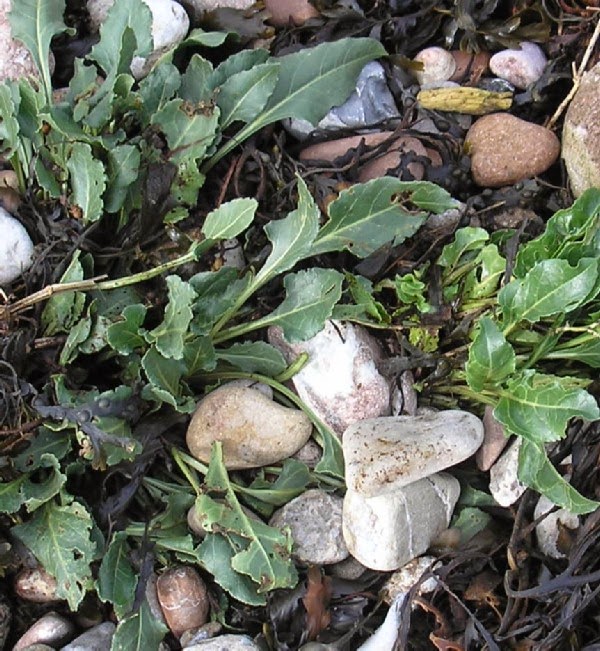Where Does All The Plastic Go? started life as a poem I blogged about here, back in December 2015. Since then I have been watching the situation getting worse with plastic pollution continuing, and it appears from news reports that plastic is now found in every environment on the planet, from the frozen Arctic to the highest mountains, and even at the deepest parts of the ocean. This is insane! This is an ongoing tragedy!
I have been waiting in vain to hear protest songs being written about this subject, which affects us all and is a great danger to life on Earth. I say, “in vain” because as far as I know there are no well-known singer-songwriters or rock bands talking about plastic pollution in their lyrics. This motivated me to create a song from my poem. I recorded Where Does All The Plastic Go? at Northstone Studios in Bridgend, with the help of Jayce Lewis as my producer. I knew I would get a really professional recording by working with Jayce, who has recently been touring with Gary Numan, and who has worked with Brian May and Roger Taylor of Queen, as well as the late great Steve Strange (Visage).
I am happy to say that Where Does All The Plastic Go? has been trending on Reverb Nation, and you can stream and download the song here: Where Does All The Plastic Go? I want my song to get heard as widely as possible. Please share it any way you can!
The Problem's Been Getting Worse
Plastic is constantly entering our oceans via rivers and streams and drains. Our cities and countryside are littered with plastic trash, landfills are full of the stuff and it is everywhere! Most disturbingly, plastic is in the food chain, and as micro particles has even been detected in bottled water. The number of marine creatures that have eaten plastic is truly alarming, and they get eaten in turn by other predators, including humans! Plastic is often in the seafood and fish we eat.
Turtles, whales and seabirds are swallowing floating plastic rubbish. They cannot digest it, they cannot excrete it, and it builds up inside, eventually killing many of them. Albatross parent birds mistakenly feed the trash to their chicks, which then die as their bellies fill with the toxic garbage.
And it isn’t going to go away unless we do something to solve this. Plastic does not breakdown like other forms of rubbish. It does not decompose and go back into the natural environment. Animals cannot digest it. Plastic breaks into smaller and smaller pieces. It can be here for 500 years or more. Most of the plastic ever made is still on this planet somewhere! Plastic also has another hidden danger because it absorbs toxins and then carries them, so it is also poisonous if ingested. Plastic itself becomes hidden. Tiny particles of hard plastic get mixed with the sand of beaches. In some places the number of particles of plastic to the number of natural sand is truly alarming. Same goes for floating plastic particles that outnumber plankton in many parts of the sea. Marine creatures that feed on plankton are feeding on plastic as well now.
Sir David Attenborough
Fortunately for us all, Sir David Attenborough, in his TV broadcasts, has captured the world’s attention with regard to the dangers of plastic pollution, and at last the problem is getting widely reported in the media. Many organisations and people worldwide are trying to stop the pollution getting worse and there are many efforts being made to clean up the oceans. One of the most important is The Ocean Cleanup, which has come about due to the pioneering ideas and determination of Dutch inventor and entrepreneur Boyan Slat. Check out his Ocean Cleanup website to see what is happening!
Ocean Aid
We need as many people as possible to do whatever they can to help stop plastic pollution getting any worse and to clean up the worldwide mess we have. Everybody can do something by applying any or all of the four Rs: ReUSE, ReDUCE, ReCYCLE and ReFUSE! A worldwide effort is needed and needed NOW!
I have had an idea to help raise even more awareness and get more people and organisations on board. My idea is for a massive concert to be held and called OCEAN AID. It will be following in the musical footsteps of Band Aid and Live Aid. I can see big name acts wanting to be involved if such an event can happen.
Mick Jagger
By the way, a shout-out to Mick Jagger, who is a rock star who has spoken out about plastic pollution in a recent tweet. Mick @MickJagger tweeted: "I've pledged to reduce single-use plastic in my life & support @weareproject0 & @skyoceanrescue. Refuse plastic straws & cutlery, use refillable water bottles coffee cups, & bring your own bag to the store. Together we can do this! Join me & take the challenge to #PassOnPlastic"
I am thinking BIG but it is a very BIG problem! Please help in any way you can!



























